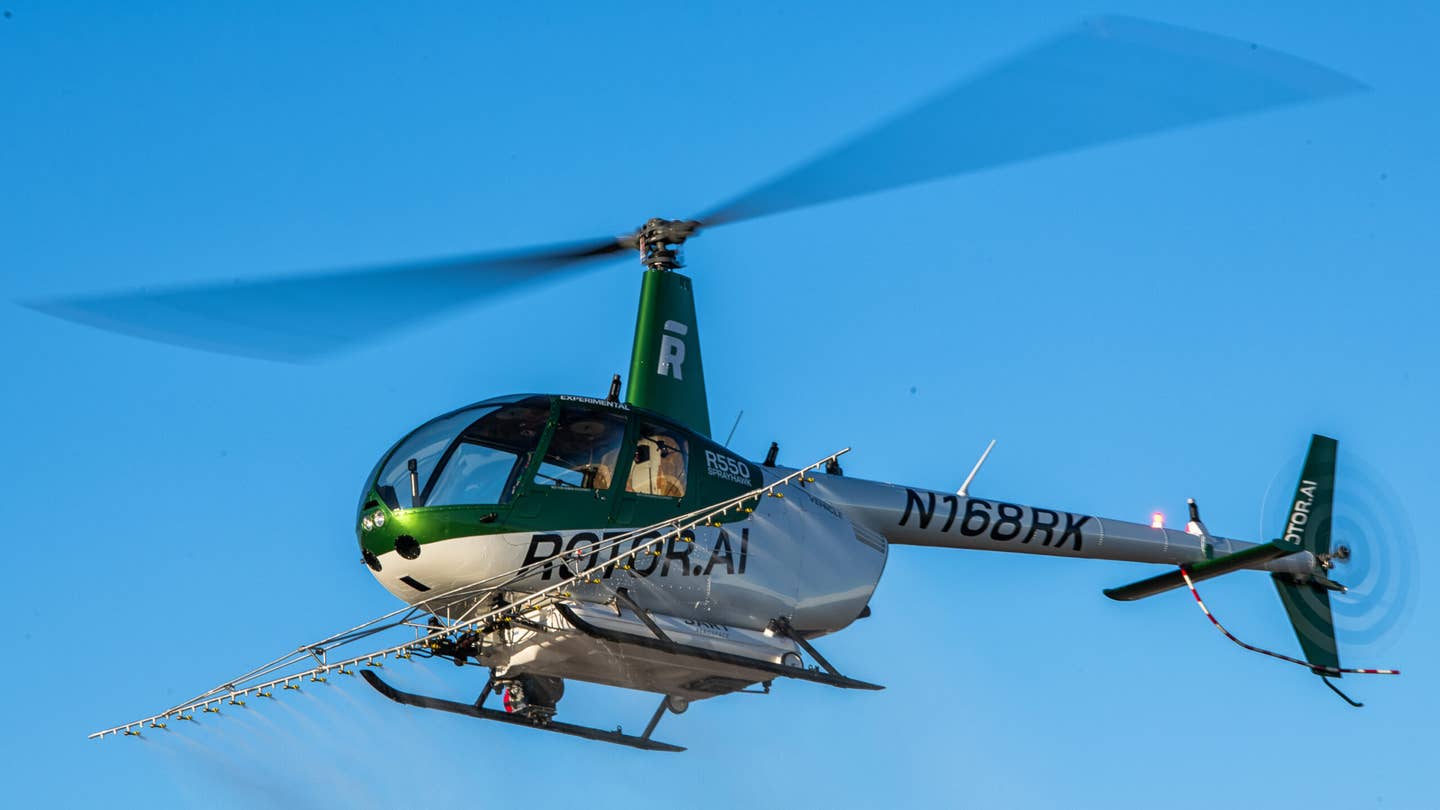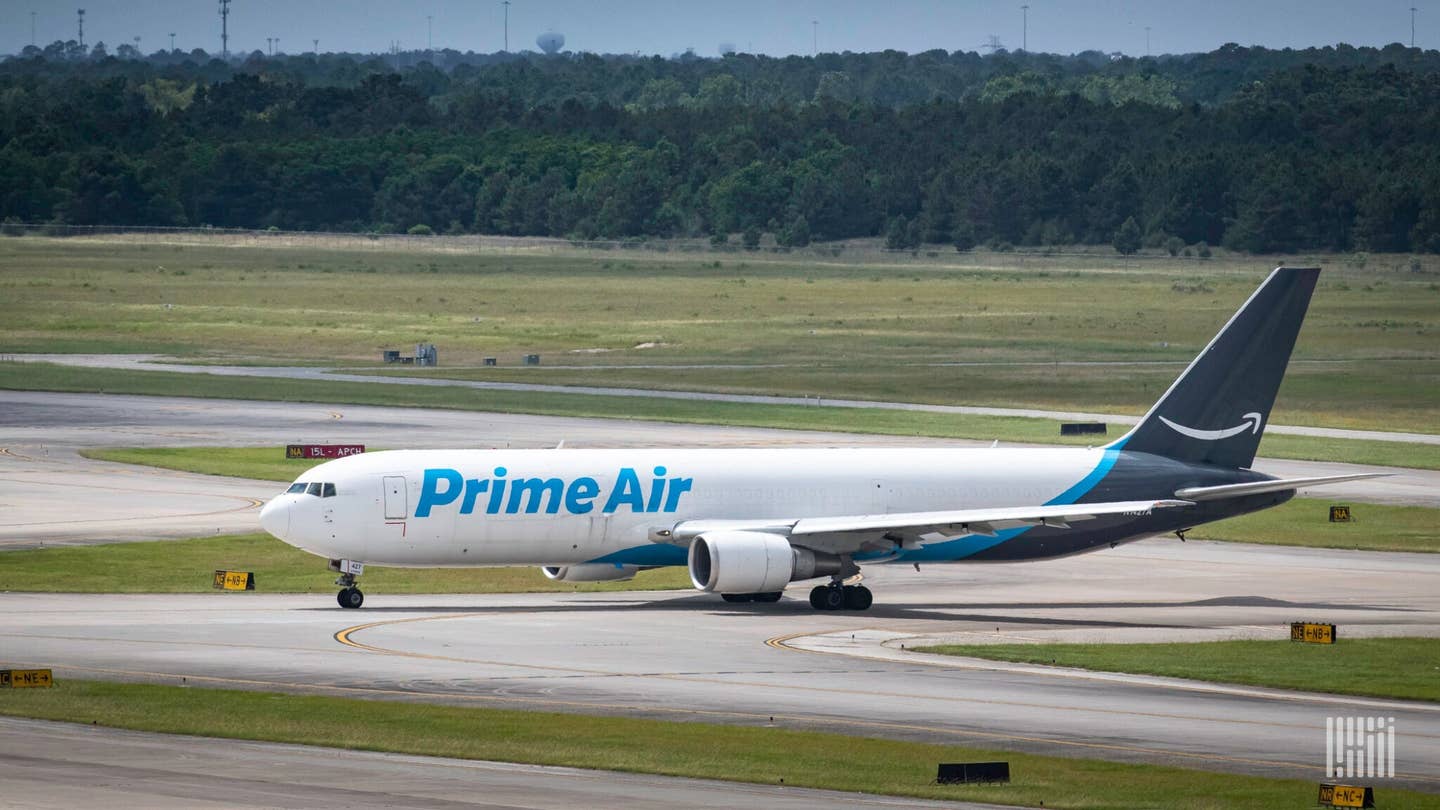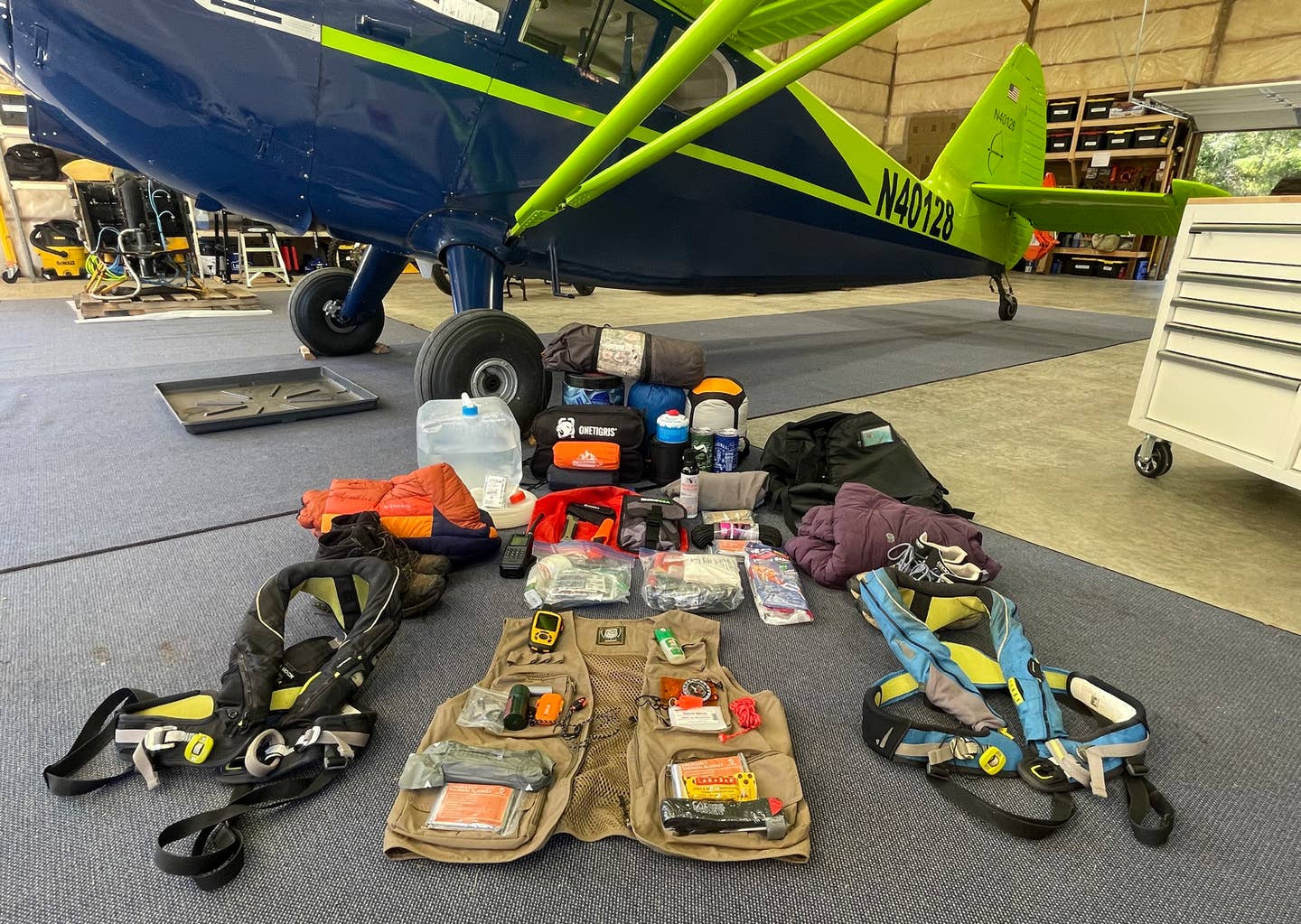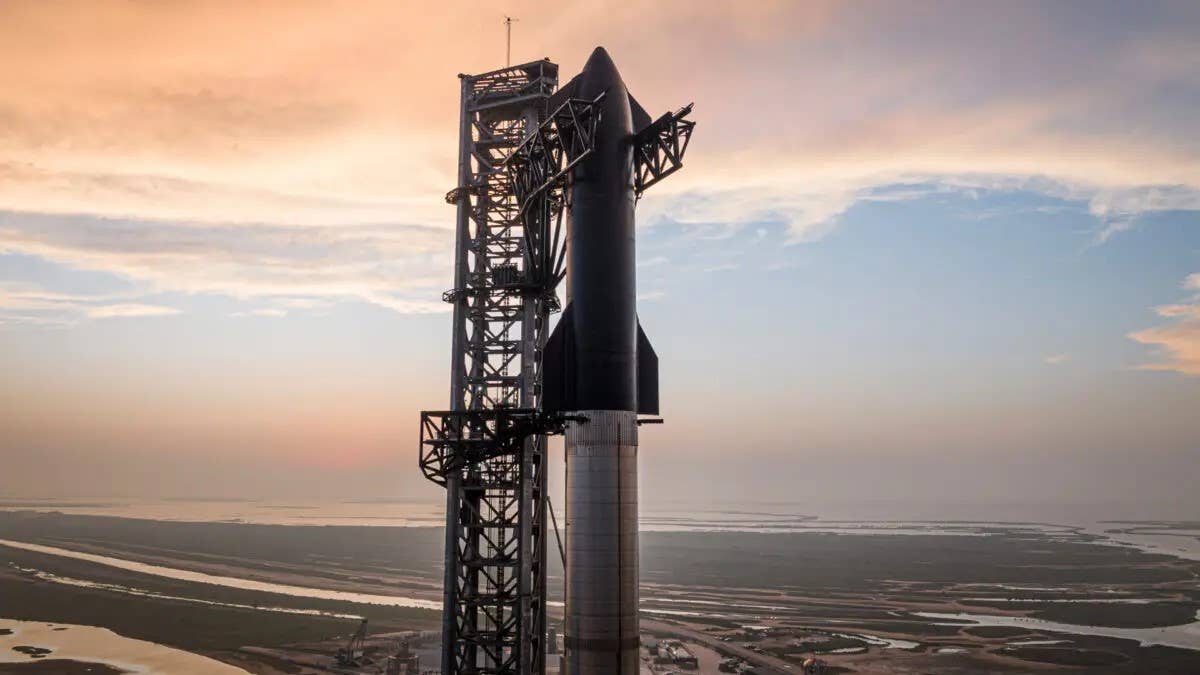
The jet fuel used in Monday’s flight was a 20 percent blend of biofuel made from discarded forest waste. Alaska Airlines
Alaska Airlines this week flew a cross-country flight on a newly developed biofuel made from discarded tree limbs and wood scraps from forest projects in the Pacific Northwest.
The company said Monday’s flight using the 20 percent biofuel blend emitted 70 percent less carbon dioxide than conventional petroleum jet fuel. The flight took a Boeing 737 from Seattle-Tacoma International Airport to Reagan National Airport in Washington, D.C.
The Seattle-based airline didn’t have to look far for the sustainable resources it used for its alternative jet fuel. Excess waste from forest harvesting in Washington, Oregon and Montana that would have been burned or left on the forest floor was converted into alcohol and made into biofuel by the Washington State University-led Northwest Advanced Renewables Alliance. Reducing the amount of wood waste that’s burned and clearing the forest floor for replanting also helps environmental and sustainability efforts, Alaska Airlines said.
The wood-based blend is not the first renewable jet fuel Alaska Airlines has tested. Earlier in the year, the airline tested a similar biofuel made with corn. Forest residuals, however, don’t compete with food production.
Renewable jet fuel is still much more expensive to produce than petroleum-based fuels, and Alaska Airlines hasn’t made any commitment to implement biofuels on a grand scale. The company did estimate that if it were to replace 20 percent of its fuel supply at Seattle-Tacoma with biofuel, it could reduce greenhouse gas emissions by about 142,000 metric tons of carbon dioxide annually, which would equal taking 30,000 cars off the road.

Sign-up for newsletters & special offers!
Get the latest FLYING stories & special offers delivered directly to your inbox






